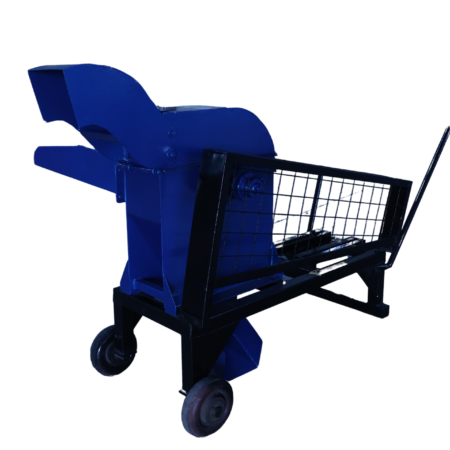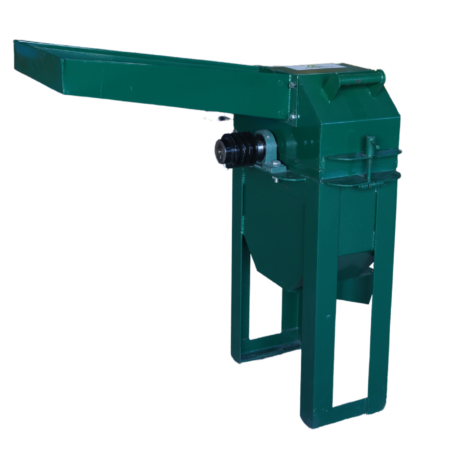Description
A rice and maize huller is a versatile agricultural machine designed for processing raw grains by removing the outer husks or hulls. These machines play a vital role in enhancing productivity and efficiency in agricultural practices, especially in areas where rice and maize are staple foods. By separating the grain from its husk, the huller produces clean, consumable kernels, which can then be used for various food products or further processing.
The core mechanism of a rice and maize huller involves a combination of friction and centrifugal force. Typically, the grains are fed into the hopper, where they are directed into the hulling chamber. In this chamber, the grains are subjected to abrasion between rotating rollers or abrasive surfaces, effectively removing the husk. Modern hullers may also include a winnowing system to separate the husk from the kernel efficiently, ensuring minimal wastage and high-quality output.
These machines are available in various sizes and capacities, catering to small-scale farmers, medium-sized agricultural enterprises, and large industrial operations. Portable hullers are popular among smallholder farmers due to their affordability and ease of use. Larger, industrial models often integrate additional features like de-stoning units, grading systems, and polishing mechanisms for enhanced functionality.
The advantages of using a rice and maize huller include improved grain quality, reduced labor intensity, and higher throughput. By automating the hulling process, farmers can save significant time and effort compared to traditional manual methods. Additionally, the consistent output from these machines ensures better market value for the processed grains.
In recent years, advancements in technology have led to the development of energy-efficient and eco-friendly hulling machines. Many modern hullers now incorporate solar power or diesel-electric hybrid systems to operate in remote areas with limited access to electricity. These innovations not only reduce operational costs but also promote sustainable agricultural practices.
By addressing the needs of farmers and food processors, rice and maize hullers continue to be an indispensable tool in the global agricultural landscape, contributing to food security and economic growth.






